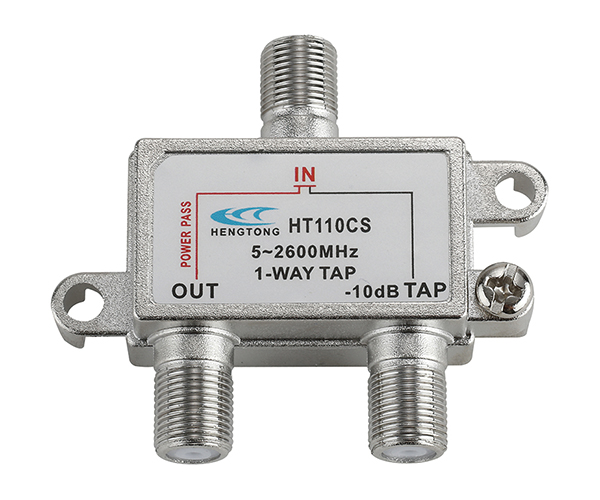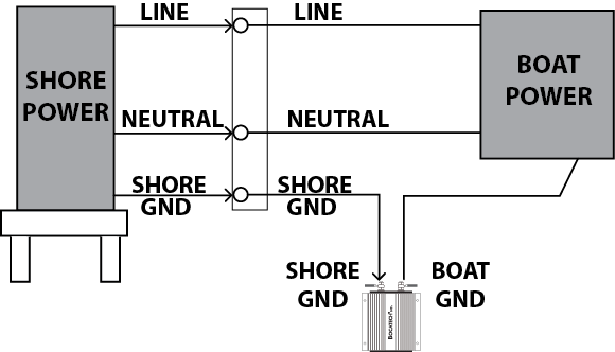

An isolation transformer is very resilient to power surges and lightning strikes – it’s an ‘install and forget’ device.Īdditionally, galvanic isolators can only protect against currents lower than 1.4V. Galvanic isolators are prone to damage by surges and lightning, meaning that you need to periodically check your isolator to make sure it’s still working. This simplicity results in a tradeoff in reliability. Galvanic isolators and isolation transformers – pros and consĪ galvanic isolator is significantly cheaper and simpler than an isolation transformer. This physical gap prevents the low voltage battery effect from occurring. They replace the wired connection with an electromagnetic connection – power passes through the air by an electromagnetic field. At the same time, high voltage currents, such as those that happen during a short circuit or power surge, can safely pass through to the ground.Īn isolation transformer achieves protection by creating a physical separation between your boat and the onshore hookup. Because the battery effect current is generally less than 1V, it can’t pass, and your boat is protected. The difference is in how they achieve this.Ī galvanic isolator is a small, lightweight device that prevents low voltage currents from passing between your boat and the shore. They isolate your boat from the low voltage battery effect, protecting underwater metals from corrosion and preventing your sacrificial anodes from wasting too quickly. Galvanic isolators and isolation transformersīoth galvanic isolators and isolation transformers achieve the same thing. You can protect against this battery effect by installing either a galvanic isolator or an isolation transformer. Without any sort of protection, the current flow through this battery will significantly speed up the galvanic corrosion process. This essentially creates a low voltage battery, incorporating your boat, the water, and the ground. However, when you connect to an onshore electrical hookup, safety demands that you also be connected to an onshore ground.

Normally, your sacrificial anodes are enough protect your shaft and propeller from galvanic corrosion. Galvanic corrosion happens to all metal components on a boat that are exposed to seawater. Despite the label, this device is indeed rated to 130A. They have not updated the labels on the device, which still indicate 110W. Please note: Sterling Power uprated this device from 110A to 130A some years ago. The Sterling galvanic isolator 130A is a fully waterproof and highly redundant device that provides protection from galvanic corrosion, and from short circuits and power surges in your vessel.
#Abyc positive ground isolator pro#
Description Sterling Galvanic Isolator 130A – Zinc Saver – Pro Save W – Waterproof marine galvanic isolator for corrosion protection


 0 kommentar(er)
0 kommentar(er)
